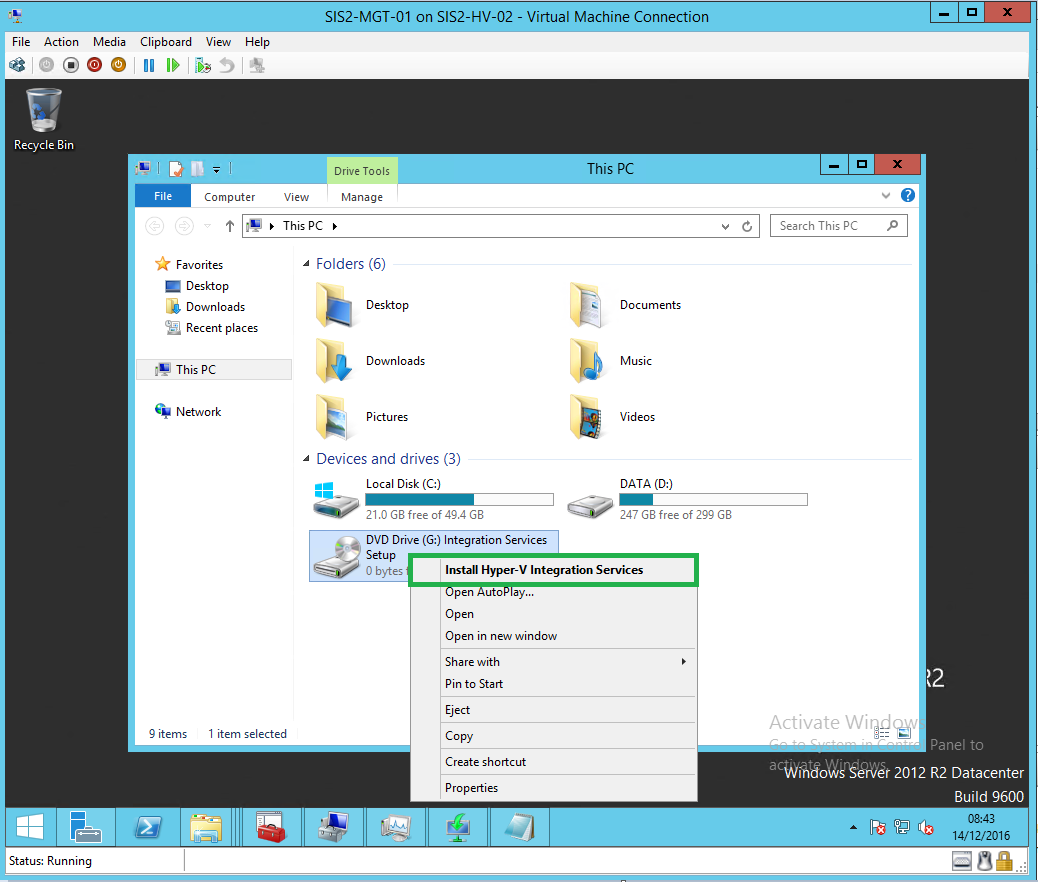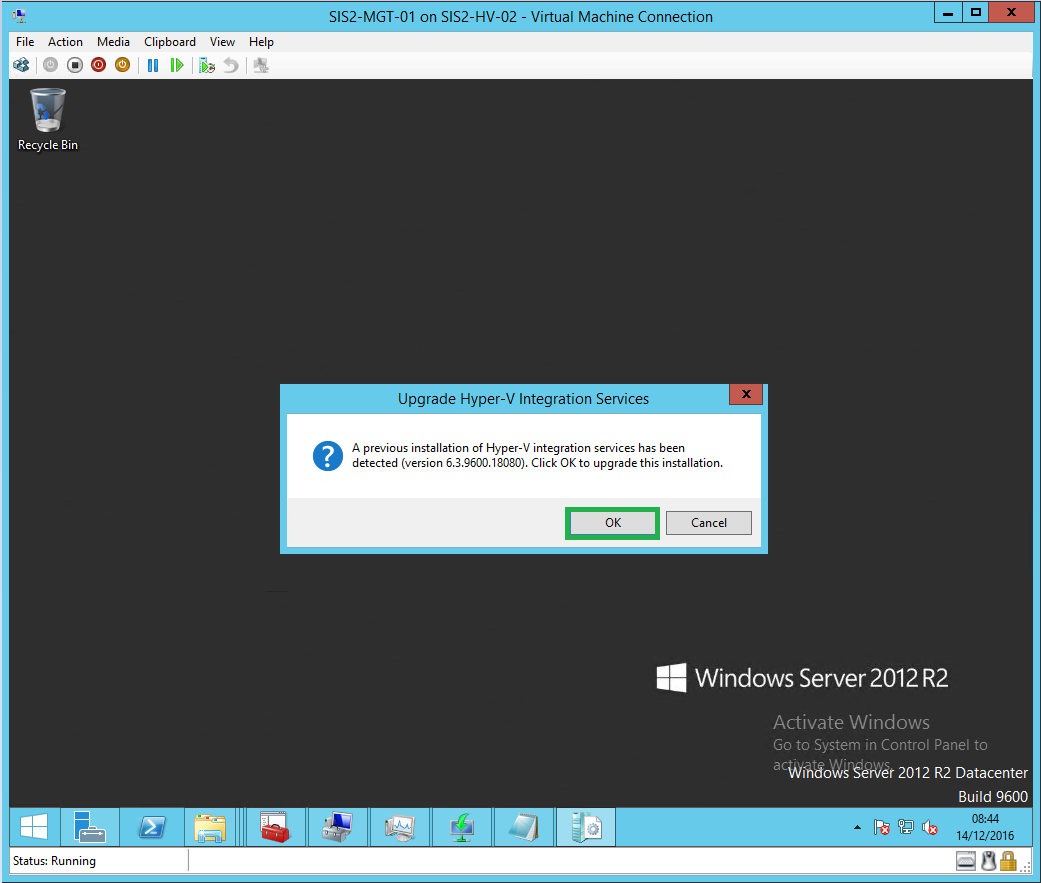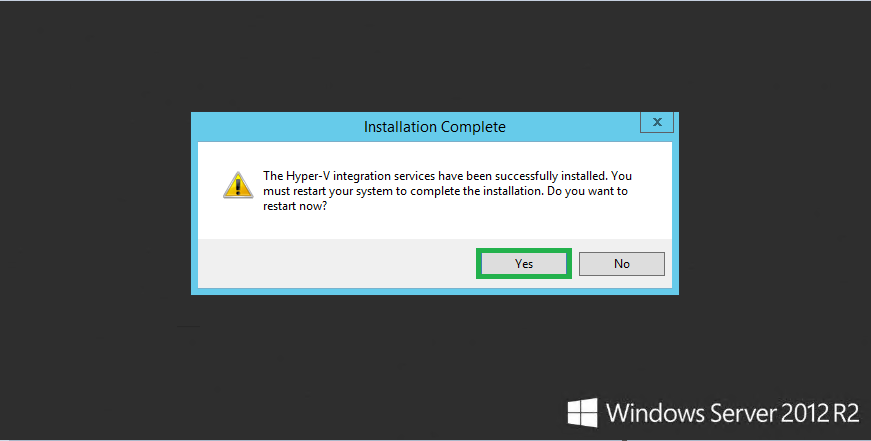Scenario
When you run Windows Update on a Microsoft Windows Server with Hyper-V - the "host" - this may update the virtual server components within Windows. This may then require that you update the virtual tools, software and drivers that run inside the Virtual machines running on that Host. These tools, software and drivers are known as the "Integration Services".
In this article:
- Recommendations
- Considerations Before Updating Hyper-V Integration Services
- How to Check if an Update is Required
- How to Upgrade the Integration Services
Recommendations
- It is highly recommended to always have Integration Services up to date inside all virtual machines. Loss of network connectivity, storage performance or overall virtual machine performance can be experienced if the Integration Services are out of date or damaged.
- Never uninstall the Integration Services prior to an update. Integration Services provide network connectivity, display driver experience and storage drivers as a link to the Host operating system to be able to monitor and manage the virtual machine. Rather, perform an upgrade installation as below.
Considerations Before Updating Hyper-V Integration Services
- Updates to Integration Services will require Virtual Machine ("guest") reboots.
- Plan updates to Integration Services as part of your regular systems maintenance cycle first.
- Always perform Windows Updates on your Host hardware first, to make the latest Integration Services available to Virtual Machines.
- Check the "Default Stop Action" action on your Virtual Machine settings to ensure that this is set to Save or Shutdown, rather than Turn off.
- Test Windows Updates on a test, non-critical server first.
- Running a Windows Update on your Host will likely require a reboot to the Host.
- When the Host is backup, run Windows Updates on your Virtual Machines, and Integration Services updates.
- These updates and reboots will require a period of downtime for the Hosts and virtual machines. Plan downtime where users do not need to access the systems.
How to Check If an Update is Required
- Open the Hyper-V Management Console
- Click on each virtual machine, checking the Integration Services status in the Summary tab

How to Upgrade the Integration Services
Note: Upgrading the Integration Services inside a virtual machine requires that the virtual machine is rebooted afterwards. This means that you need to plan for downtime or a maintenance window for each virtual machine.
- Open a Virtual Machine Connection (also known as the console) to the virtual machine you wish to update.
- Click on Action, and then Insert Integration Services Setup Disk.

- Inside the virtual machine, find the virtual optical drive in Windows Explorer.
- Right hand click and choose Install Hyper-V Integration Services.

- Follow the installation prompt to upgrade the Integration Services.

- Restart when prompted.

- When the virtual machine has rebooted, the Summary tab should now show that Integration Services are up to date.

Applies to:
- Microsoft Windows Server with Hyper-V Virtualisation